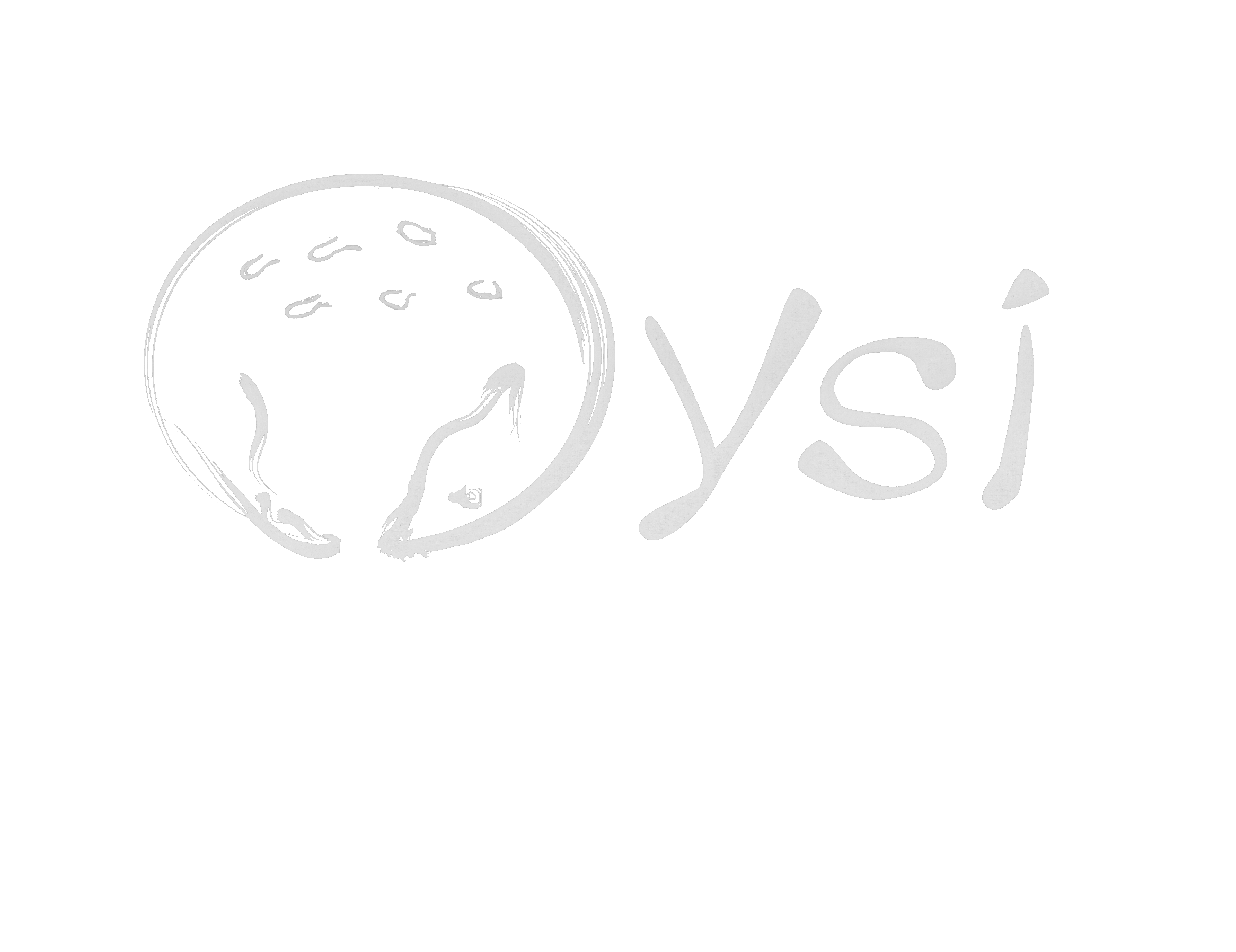On The Terraza
Posted by studio@ceciliavicuna.com on January 16, 2024 in
On The Terraza (on David Lewis Williams, Rock Art and the San of South Africa)
Mexico City, Feb 6, 2020
James O'Hern: (J. Wentzel van Huyssteen) talking about what David Lewis Williams says about the caves. That the cave paintings represent a momentous change in the history of human development.
Focusing on what you see in the caves as the making of a difference between us and other species, through the use of imagery very different and the assumption that this would not have happened without language. It's been well established by science that we have the same brain equipment as the Cro-Magnons. So you have the making of the split between us and them, the making of the beginning of modern man. So this discussion takes the juxtaposition between the caves and Catalhoyuk as a basis for reflection, how mankind learned to create meaning through language and imagery. Shamanism brings out other aspects, DLW discusses the spectrum of altered consciousness from normal states all the way to ecstatic that relates to the imagery showing more emotions in the deeper altered state.
We have to go back to the books where he describes the spectrum of altered states that provides a sort of context for the way people live their lives. This way of talking about degrees of shamanistic states and actions opens it up more for how it is for us to be in various states of awareness and emotional connectivity to ecstatic dimensions. Reading what DLW says about shamanism I can relate it to my daily experience, however different from the San.
Cecilia Vicuña: It brings it closer to you.
Joh: We have to read both the way in which these academic scholarly writers say of him and what DLW says about shamanism. Now it is no longer seen as some sort of separate, divided, different state to achieve. We don’t have to assign to the art of the caves in South Africa or Catalhoyuk some extraordinary quality available only to a few through some difficult state of mind.
We can relate our daily states’ fluctuations between normal and peak experiences to the art so that it is not only seen as exotic or remote.
Here's what happened: suddenly I was seeing the chronology of developments of culture between the caves 40,000 bc to 10,000 BC where the initiation rituals were done in and around the caves and then they emerge into the open at 10,000 BC with Göbekli Tepe which is at the advent of urbanization & agriculture - from there to Catalhoyuk and Catalhoyuk is the time when the elite and the power of violence appears. Then the quest of power through violence moves from Cataloyuk to Ur and Uruk with the development of the first city states and organized warfare.
The disappearance of the mother begins at Uruk 4,000 BC, up to this point I have some clarity but in ragged edges.
I was at Catalhoyuk, I was there! and had the experience of having participated in the meaning of their message.
The part that needs to be understood, is that the mother is ritual and the sense of imagery would continue to evolve later within the power of framework of the trade culture in Knossos.
I am of the same mind as that person that did these cave paintings, I would feel their statements in my body in a seamless continuity to include Knossos until Mycenae.
I am drawing a chronological & geographical line with my body all the way from the caves to Knossos.
CV: This is a key chapter for our book. And bringing on Crete, I see the volcanoes are creating an energy field that empowers ritual, just as we see expressed in Diego Rivera's museum.
The volcanic rituals are creating the extraordinary beauty of the ancient arts of Mexico.
Joh: I would call it the volcanic bosom of ritual. I felt it at El Rosario at the butterfly reserve. I participated in the extraordinary beauty of their ritual. Everything we see is volcanically based, where else do you see that?
CV: In the Andes. I grew up at the foot of volcanoes.
Joh: It is like the Dordogne. My hands last night were like coal miner's hands, they were all black from the Móle. The móle is volcanic.

